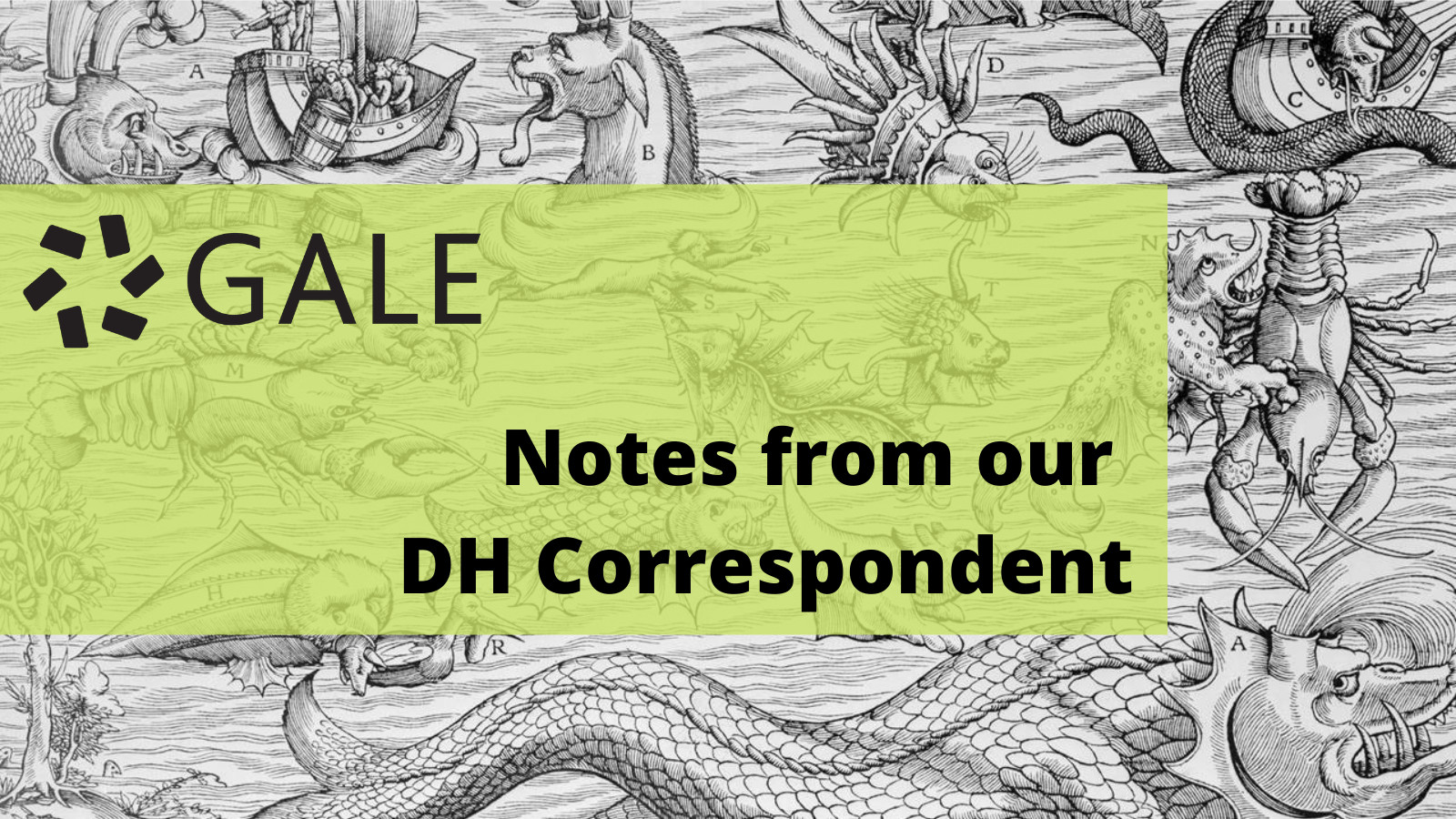│By Dr. Sarah L. Ketchley, Senior Digital Humanities Specialist, Gale│
As university classes get underway for the 2022-2023 academic year, this blog post considers some of the ways that instructors hoping to incorporate digital skills in their classroom can partner with others at their institution, within disciplines and the library, as they develop their class syllabi. The disciplinary educator does not need to work alone when developing a curriculum which includes digital humanities (DH) topics and methodologies – cross-disciplinary partnerships are an excellent way to provide breadth and depth in a syllabus. I’ll describe some of the skills that are often relevant in the DH classroom and consider where natural disciplinary overlaps lie with examples from my classes at the University of Washington.

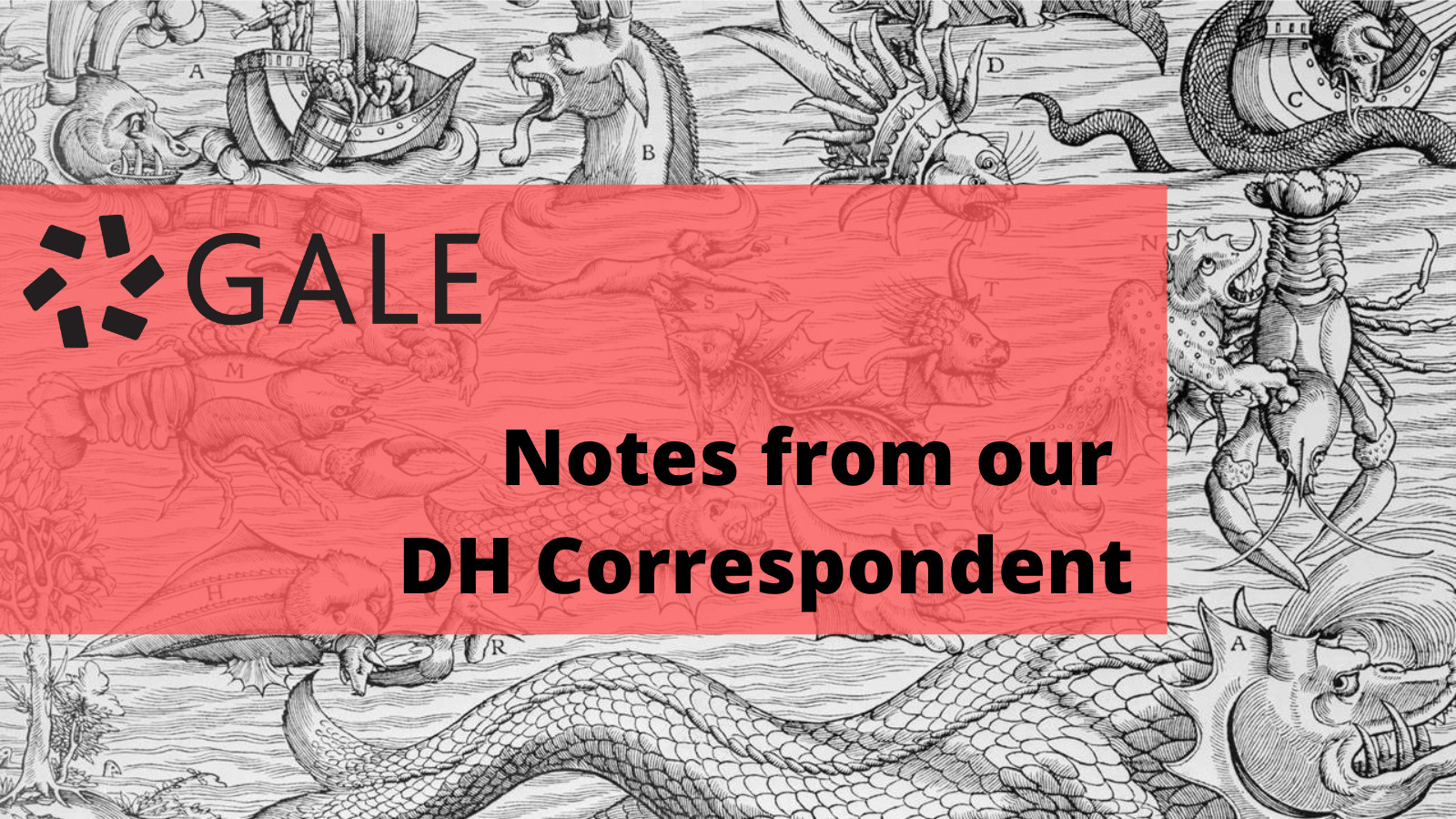
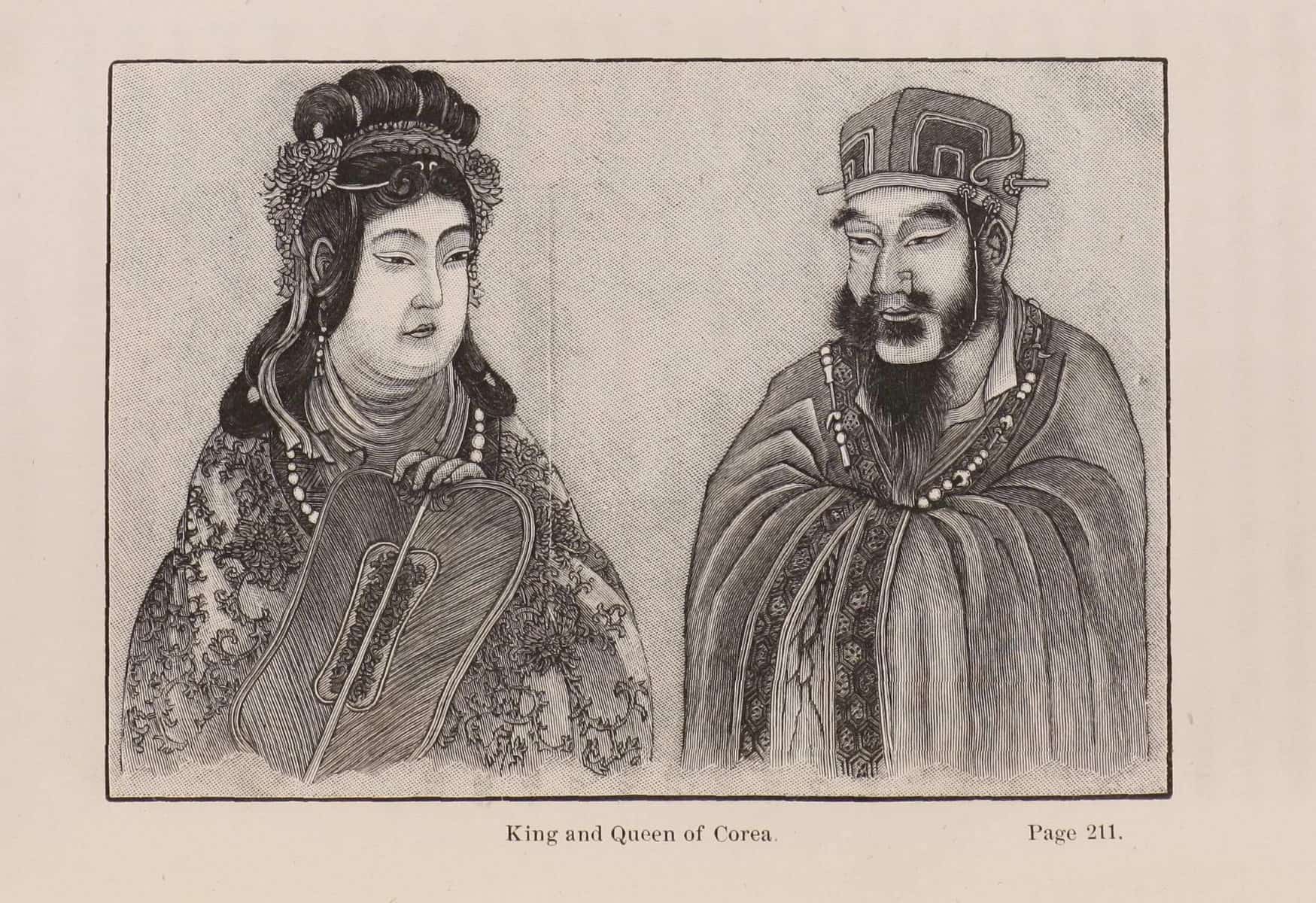
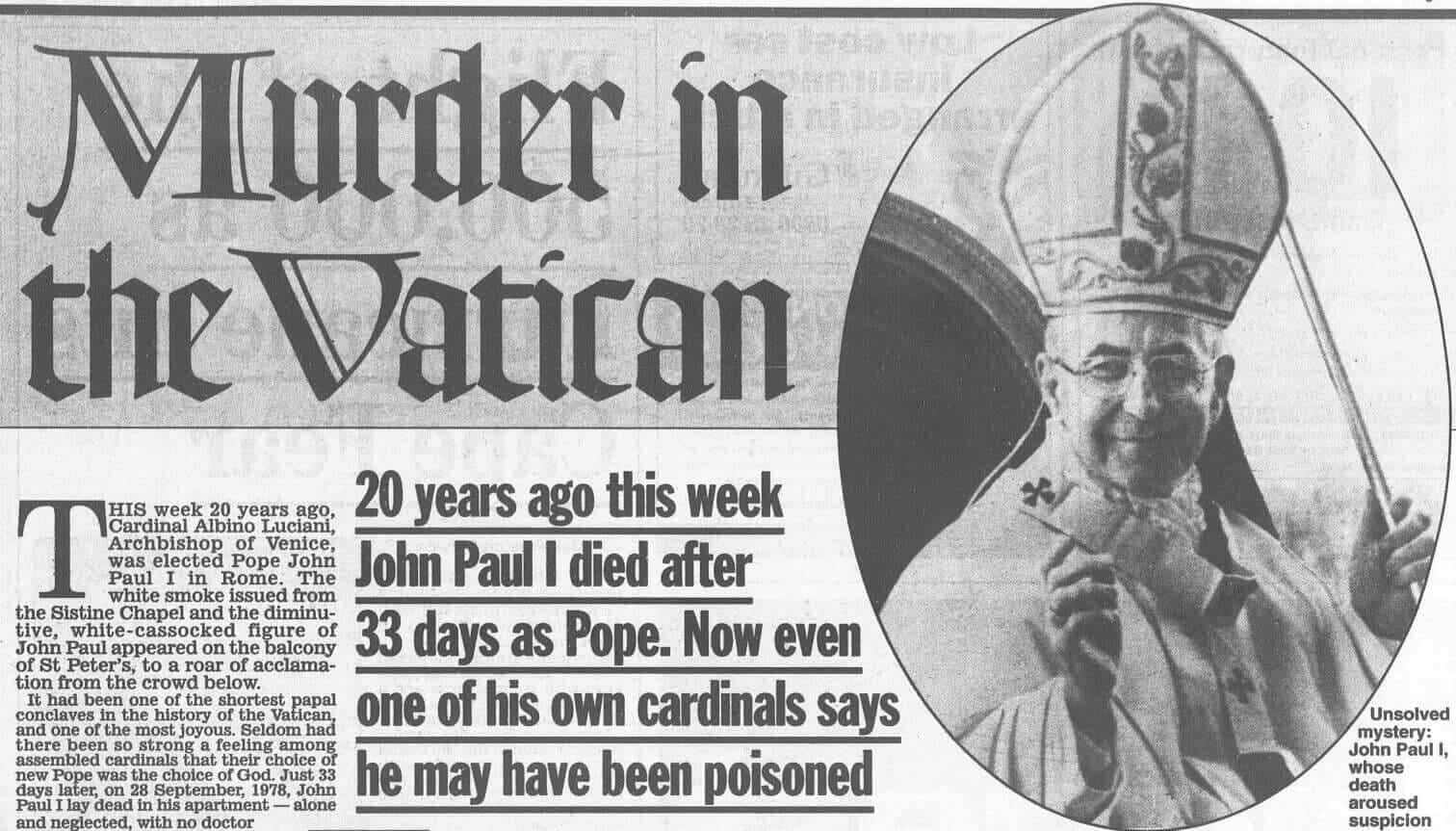
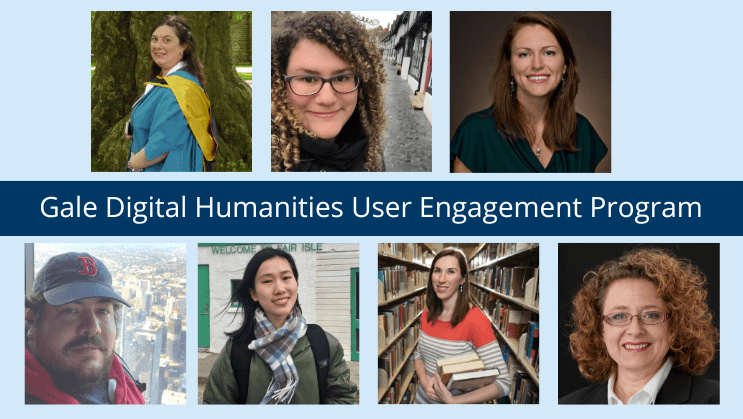
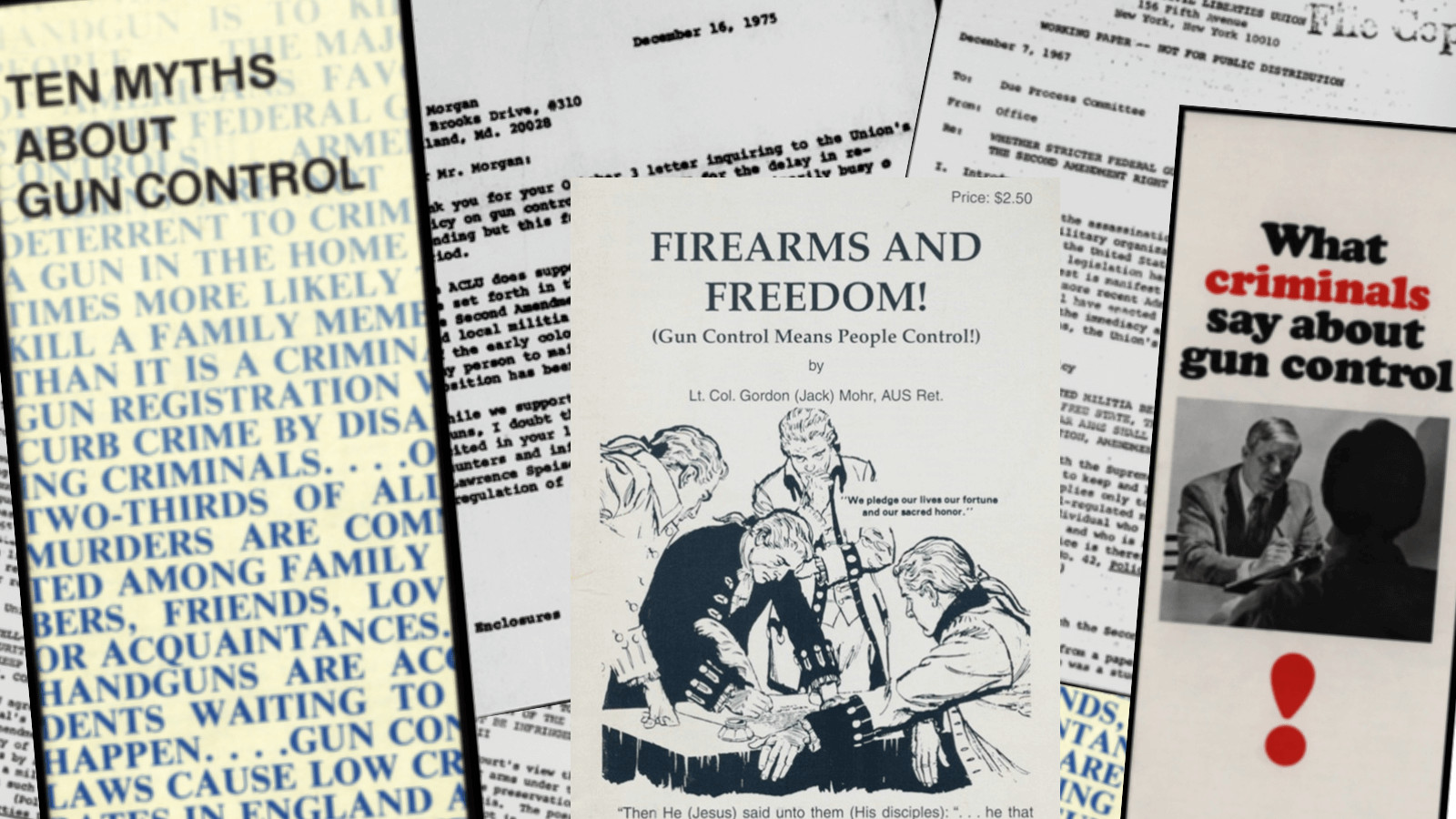
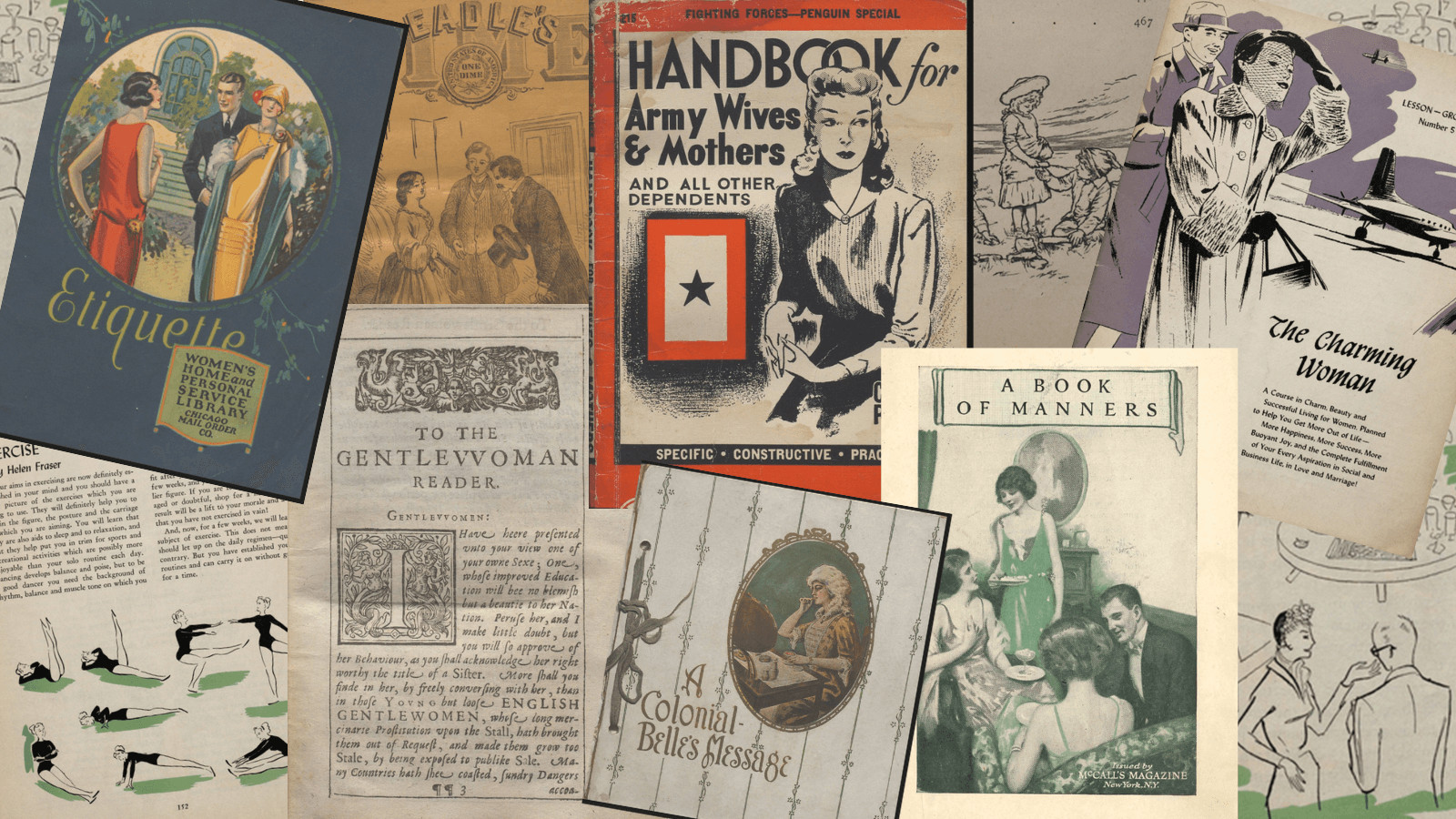
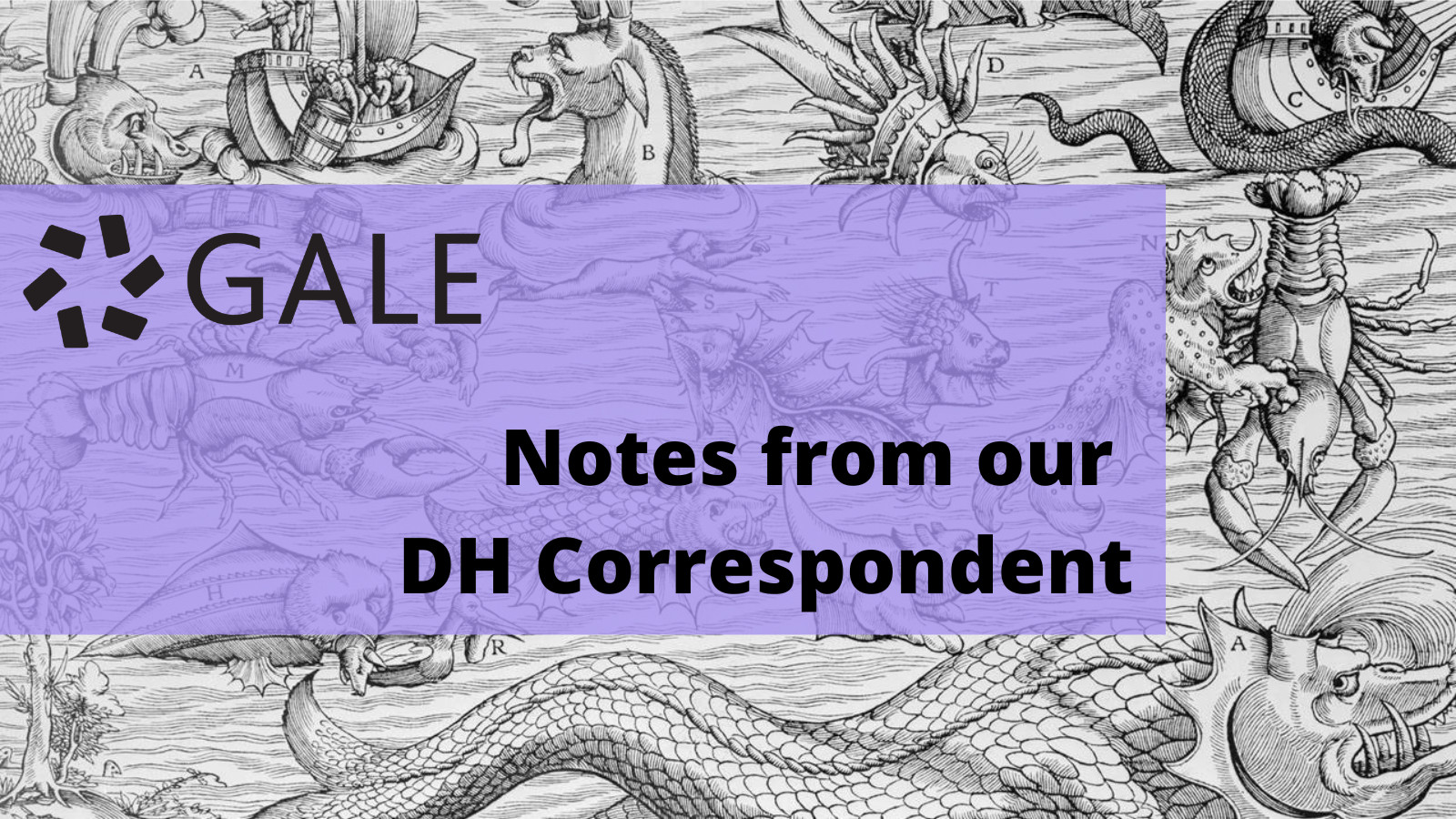
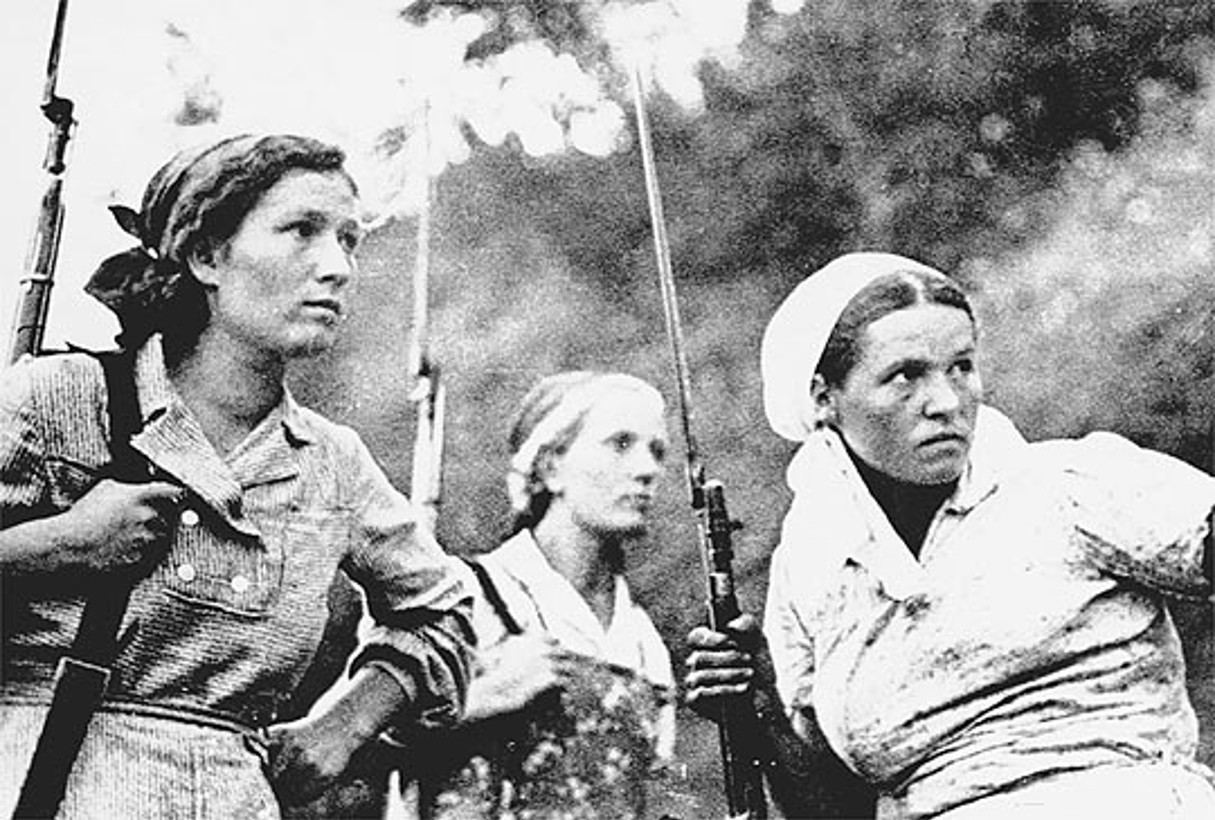
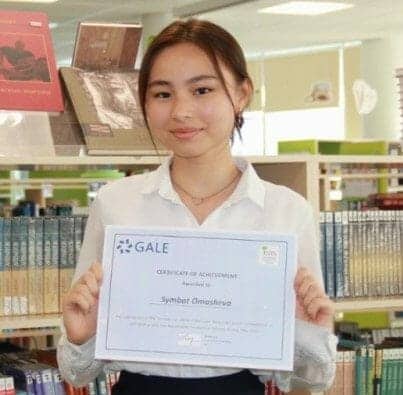 In Spring 2022, Gale ran a competition with Nazarbayev Intellectual Schools, Kazakhstan, which gave students at schools within the group the chance to research and write about a topic of interest – with the two top entries published on The Gale Review! Below is the runner up entry, a superb piece by Year 11 student Symbat Omasheva.
In Spring 2022, Gale ran a competition with Nazarbayev Intellectual Schools, Kazakhstan, which gave students at schools within the group the chance to research and write about a topic of interest – with the two top entries published on The Gale Review! Below is the runner up entry, a superb piece by Year 11 student Symbat Omasheva.
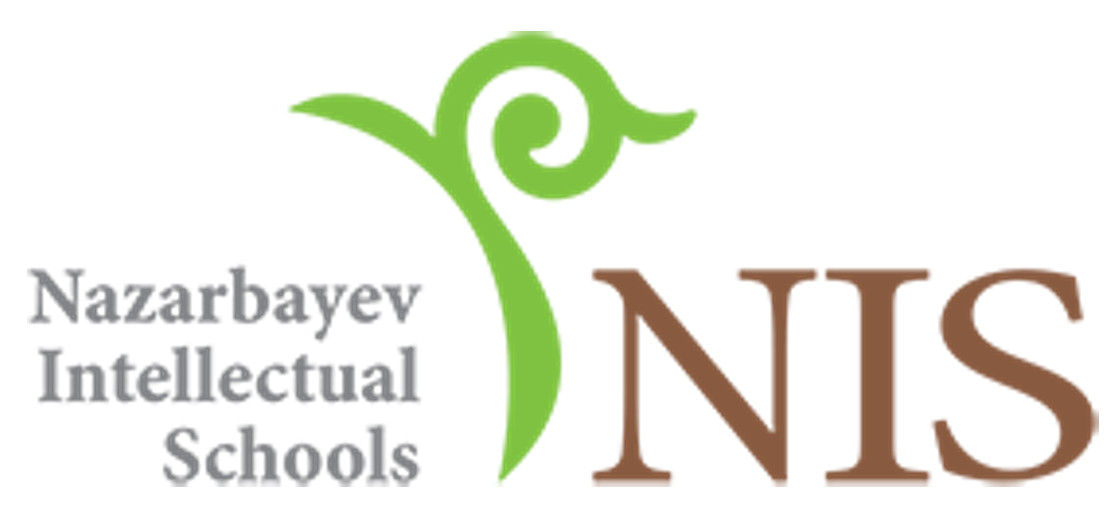 The schools within the Nazarbayev Intellectual Schools group have access to the
The schools within the Nazarbayev Intellectual Schools group have access to the 
